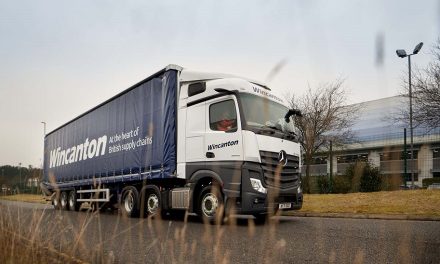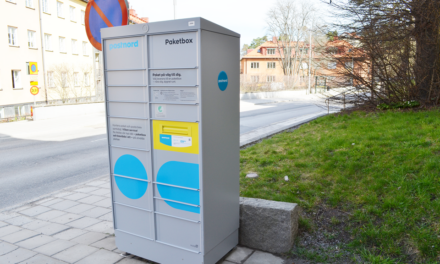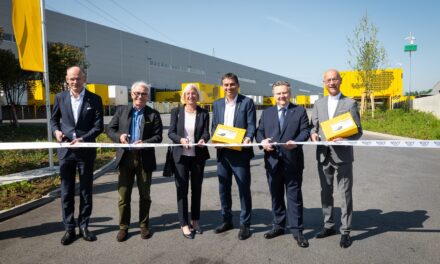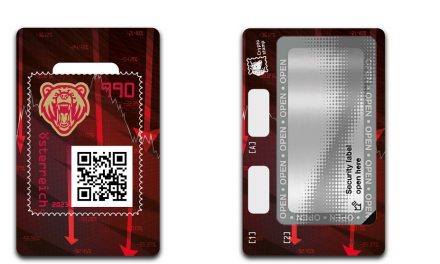
Maintaining the momentum in parcels
Carl Gerold Mende, Member of the Management Board, Österreichische Post AG
Mail & Express Review August 2009
Introduction
There is much discussion these days about the economic crisis and the resulting havoc in the global economy. The financial turmoil has left its mark on the parcels market too. In these challenging times we have to identify the opportunities in order to overcome the threats, and find solutions as to how we should manage the economic downturn.
But we also need not to bury ourselves under a shed load of short term actions but look towards the challenges we will face after the crisis. We must avoid being too busy to prepare for what I believe is a possibly bright future for our businesses.
In this article I will address these topics:
- Momentum in parcels in the past and expected developments in the near future.
- How Austrian Post plans to manage the downturn in the short run and to respond to the major trends in the long run.
Thoughts on Past and Current Trends
The Courier, Express and Parcels (CEP) market has seen a standardisation of parcels to a maximum weight of 31.5 kg. We find that there has been a shift to smaller quantities and a higher frequency; and we observe higher value and a decreased lifespan of transported items. The new range of parcels products provides fast delivery with high reliability regarding times of delivery. As a result of the booming e-commerce market we note increasing Business to Consumer (B2C) volumes which allow industrialised transportation with a competitive cost structure and a higher flexibility. Overall CEP suppliers are maintaining their competitive advantage compared to groupage providers.
Given the current economic situation, we must expect that revenue growth as well as volume growth will slow down in the near future. As reliability continues to prevail over costly speed, we are witnessing a continuing, currently quite remarkable, shift from express to deferred.
The pressure on volumes we see today is cyclical and sensitive to GDP, resulting in proofing the obvious: the parcel business faces a much higher percentage of fixed costs than is usually thought to be the case.
The opportunities seem to lie mainly in an area most players did not previously find attractive, namely the e-commerce business in the B2C segment. Speed shift towards deferred is the other upside. Managing costs and making some sacrifices regarding margin without any compromise on quality is the obvious way to manage the crisis in the short term. The real challenge, however, is to break through the complacency and to start innovating!
Thoughts on the Future
We need to actively manage the parcel industry’s response to the following trends in the long run:
- The effect of globalisation on trade flows.
- The customer experience will make the difference.
- The maximising of the earnings contribution of logistics operations.
- The security risks relating to the transport of goods must become more manageable.
- The transportation of cargo is going “green”.
- The quality of the applied IT technology remains the critical success factor.
The first three trends in particular have a significant impact on the requirements on logistics systems. The artificial barrier between weights made up for operations reasons, not for customers’ needs, has to be resolved. One way could be the distribution of parcels and pallets in one network as well as the distribution of different items in one shipment. I am convinced that the parcel business will in addition have to offer a much more personalised customer service and real focus on the use of to the technology available, including new products.
Co-Operative Networks the Way Forward
If we think of networks we can all agree that they have to be stable but also flexible enough to adjust to temporal fluctuations and changing conditions. Besides this, the key aspect for our region is the importance of Europe. We have to consider that customers are not only national, but also require an international solution. We need to ask the question how we could learn from each other. The fact is that co-operative networks have to meet both requirements, a stable network with a high level of flexibility, combined with focus on the European level.
In the past many medium sized companies have been able to compete with the giants by embracing ongoing change quickly and demonstrating customer focus, on the national level. However, investment in the purchase of a new system to respond to the European dimension is extremely expensive. Would it not be wiser to reanimate the idea of co-operation which in fact was very successful in the past? We, as Austrian Post, think this is a feasible route forward and have therefore embarked on achieving it.
The EURODIS network is one key strategic course of action for the Austrian Post which for us will support maintaining the momentum of parcels in future. In EURODIS we have a cooperative network for combined freight, whilst the brand trans-o-flex is set up as a division wide brand for premium parcels.
The European brand is EURODIS. Clear standards supported by high levels of transparency, based on the delivery costs of domestic brands, were key factors for success in the past and will be in the future too. An astonishingly fragmented domestic market for parcels and freight in several key European markets makes it likely for us to be able to provide the network stability customers demand and, in parallel, increase the strategic value of all the companies participating in such a network.













